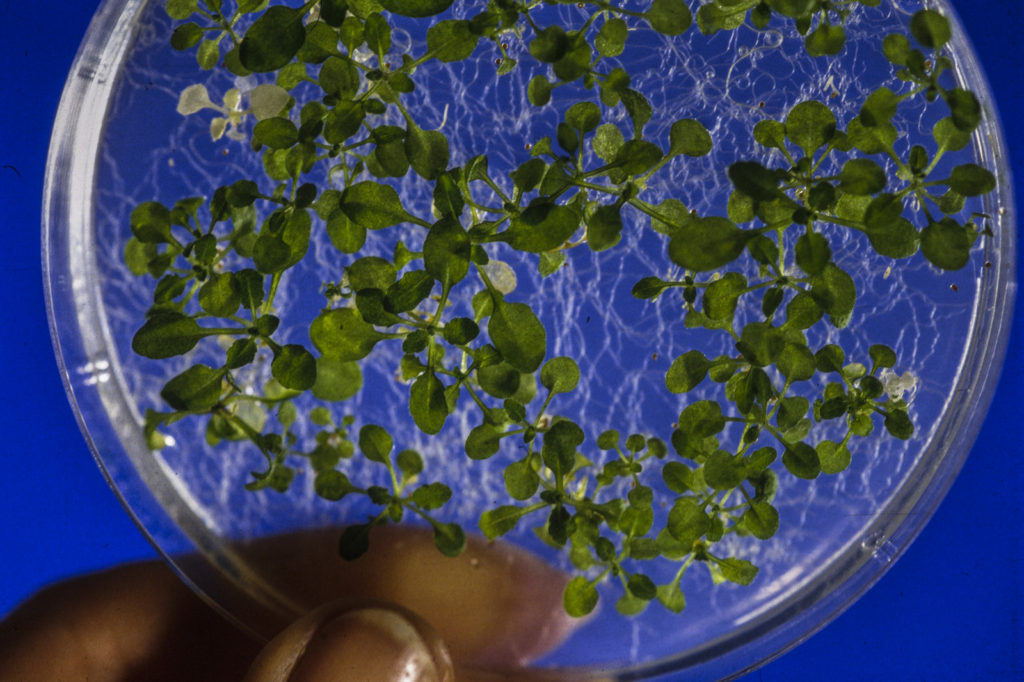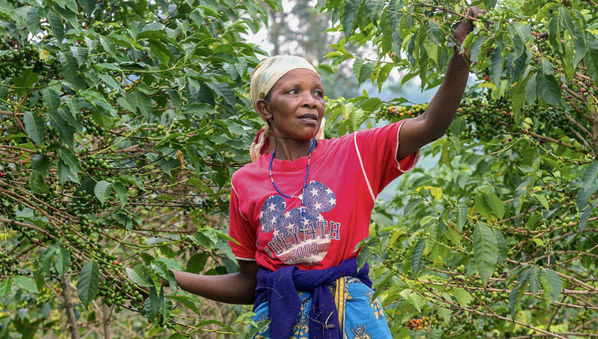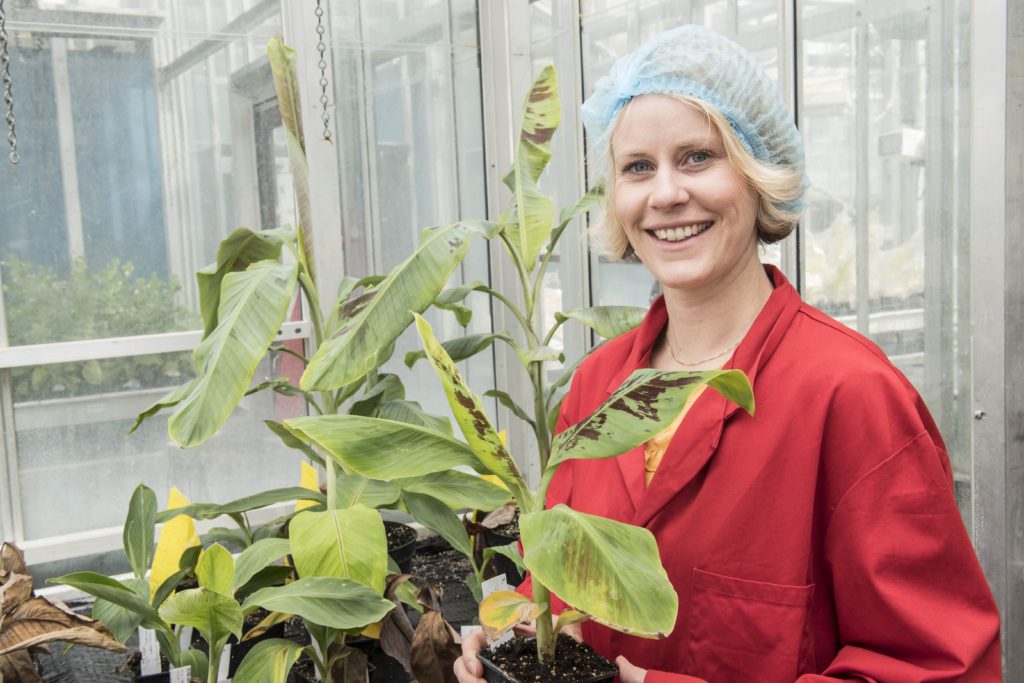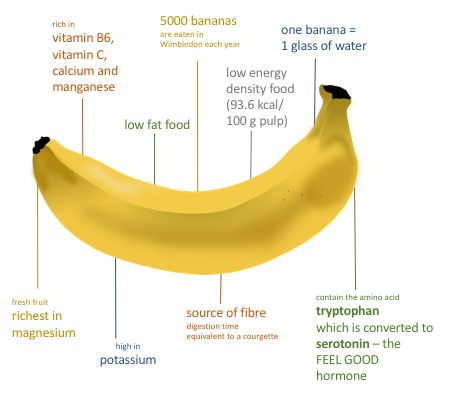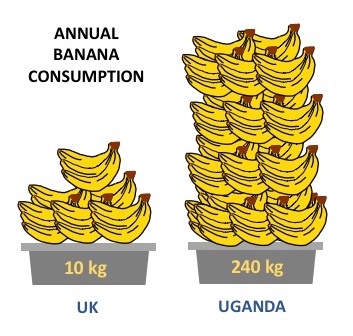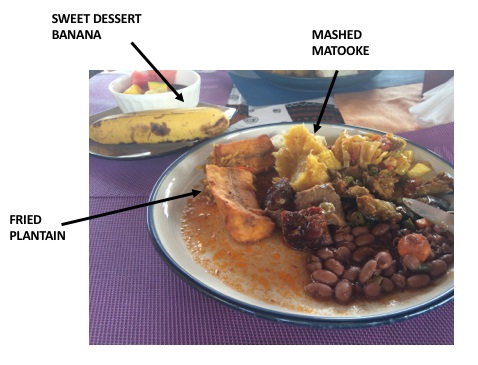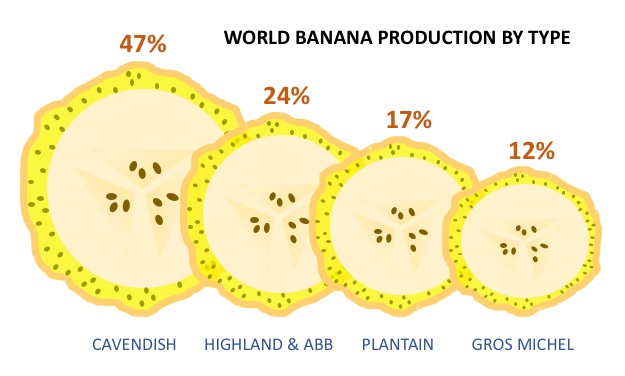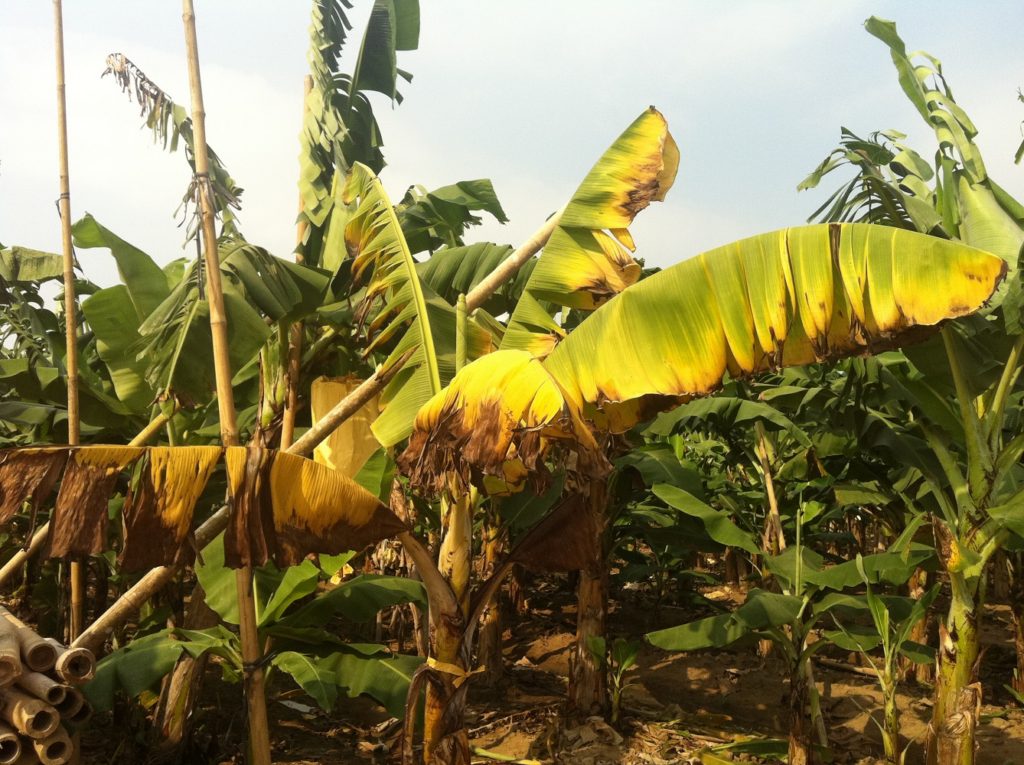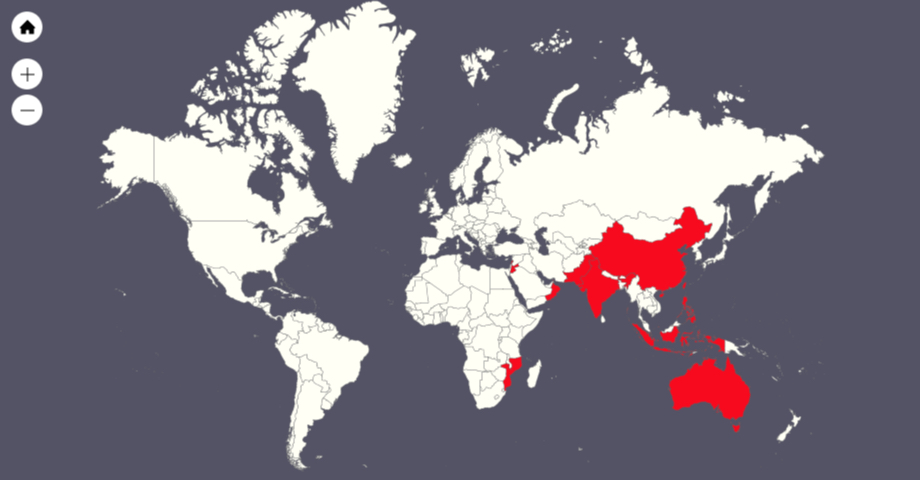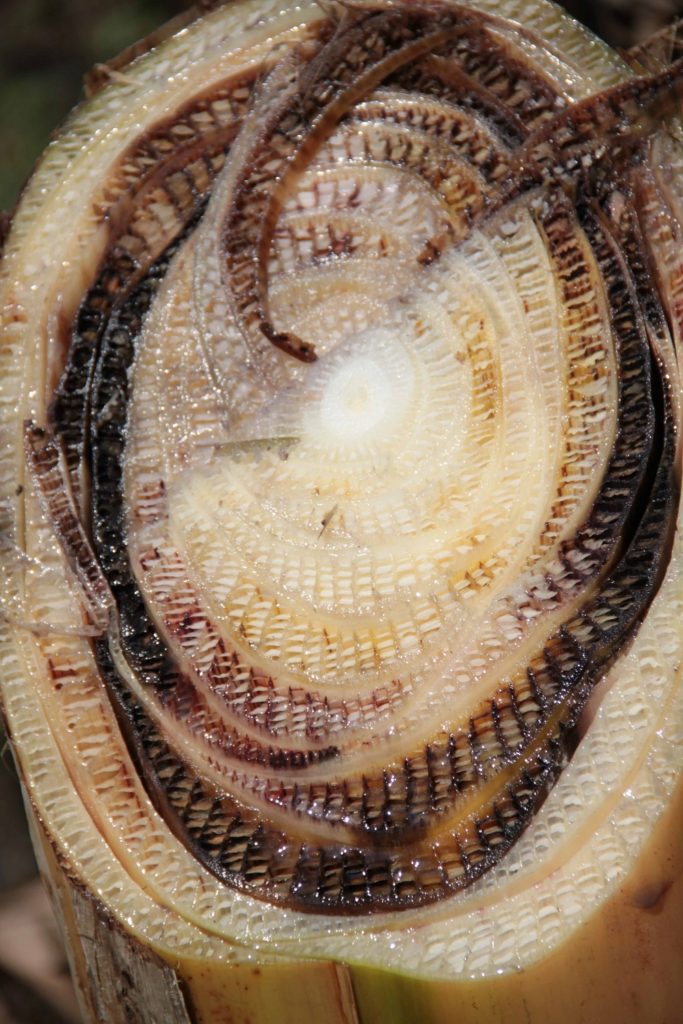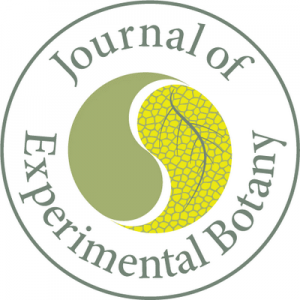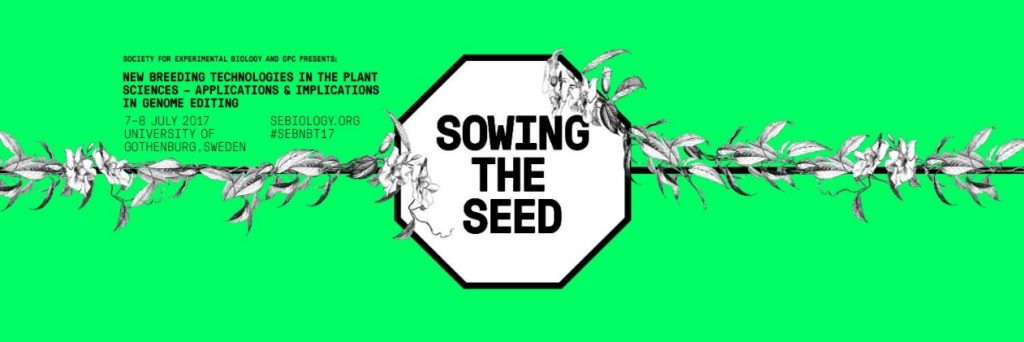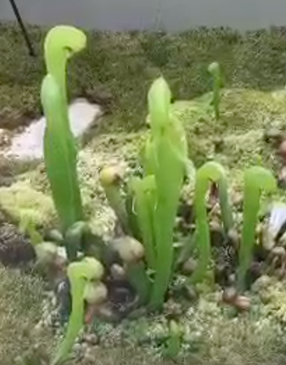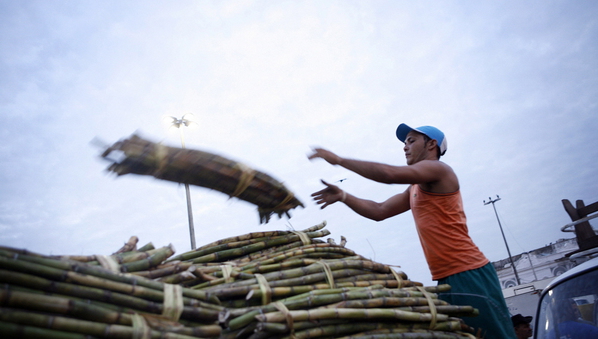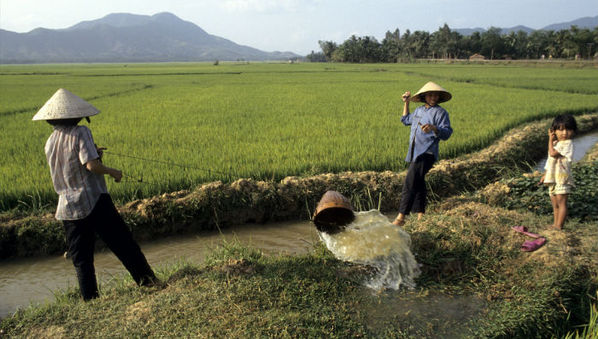By
Zoraida Portillo (Perú)
A scenario starring the root crop was portrayed in the movie “The Martian” (2015), in which a lost astronaut, played by Matt Damon, survives on potatoes he cultivates on the red planet while awaiting rescue.
But in addition to this interplanetary possibility, scientists also observed the crop is genetically suited to adapting to the changes creating more adverse environmental conditions on Earth.
So before turning fiction into reality, the tuber has a mission on Earth.
The hardy potato quartet
The study has identified four types of potatoes, out of 65 examined, which have shown resistance to high salinity conditions and were able to form tubers in a type of soil similar to that on Mars.
One of these is the Tacna variety, developed in Peru in 1993. It was introduced to China shortly afterwards, where it showed high tolerance to droughts and saline soils with hardly any need for irrigation.
This variety became so popular in China that it was ‘adopted’ in 2006 under the name of Jizhangshu 8. The same high tolerance was seen on the saline and arid soils of Uzbekistan, a country with high temperatures and water shortages, where the variety was also introduced and renamed as Pskom.
The second variety that passed the salinity test is being cultivated in coastal areas of Bangladesh that have high salinity soils and high temperatures. The other two types are promising clones — potatoes that are being tested for attributes that would make them candidates for becoming new varieties.
These four potato types were created as a result of the CIP’s breeding programme to encourage adaptation to conditions in subtropical lowlands, such as extreme temperatures, which are expected to be strongly affected by climate change.
Down to Earth
In addition to these four potato ‘finalists’, other clones and varieties have shown promising results when tested in severe environmental conditions. The findings offer researchers new clues about the genetic traits that can help tubers cope with severe weather scenarios on Earth.
“It was a pleasant surprise to see that the potatoes that we have improved to tolerate adverse conditions were able to produce tubers on this soil [soil similar to that on Mars],” says Walter Amorós, CIP potato breeder and one of the five researchers involved in the project, who has studied potatoes for more than 30 years.
According to Alberto García, adviser to the UN Food and Agriculture Organization in Peru who is in charge of food security programmes, this experiment “serves to verify that potato, a produce of great nutritional value, is a crop extremely adaptable to the worst conditions”, something that is very relevant for current climate scenarios.
García stresses that global temperatures are now rising at a rate higher than expected, affecting not only potatoes but also other crops. Many now need to be cultivated at higher altitudes — which, he says, is not always a disadvantage and may even be beneficial for crops that were previously cultivated in valleys.
“But it can also have negative consequences that we have to anticipate,” adds García. Therefore, he says this experiment can inspire others to think about future scenarios and look for other crops than can adapt to extreme conditions that will have an impact on agriculture.
Similar to Mars
The project began with a search for soils similar to that found on Mars. Julio Valdivia-Silva, a Peruvian researcher who worked at NASA’s Ames Research Center, eventually concluded that the soil samples collected in the Pampas de la Joya region of southern Peru were the most similar to Martian soil.
Arid, sterile and formed by volcanic rocks, these soil samples were extremely saline.
Helped by engineers from the University of Engineering and Technology (UTEC) in Lima and based on designs by NASA’s Ames Research Center, the CIP built CubeSat — a miniature satellite that recreates, in a confined environment, a Martian-like atmosphere. This is where the potatoes were cultivated.
“If potatoes could tolerate the extreme conditions to which we exposed them in our CubeSat, they have a good opportunity to develop on Mars,” says Valdivia-Silva.
They then conducted several rounds of experiments to find out which varieties could better withstand the extreme conditions, and what minimum conditions each crop needed to survive.
CubeSat, hermetically sealed, housed a container with La Joya soil, where each one of the tubers was cultivated. CubeSat itself supplied water and nutrients, controlled the temperature according to that expected at different times on Mars, and also regulated the planet’s pressure, oxygen and carbon dioxide levels.
Cameras were installed to record the process, broadcasting developments on the soil and making it possible to see the precise moment in which potatoes sprouted.
Based on the results, CIP scientists say that in order to grow potatoes on Mars, space missions will have to prepare the soil so it has a loose structure and contains nutrients that allow the tubers to obtain enough oxygen and water.
In a next phase of the project, the scientists hope to expose successful varieties to more extreme environmental conditions. This requires, among other things, developing a prototype satellite similar to CubeSat that can replicate more extreme conditions with greater precision, at a price tag of US$ 100,000.
This piece was produced by SciDev.Net’s Latin America and Caribbean desk.
This article was originally published on SciDev.Net. Read the original article.



